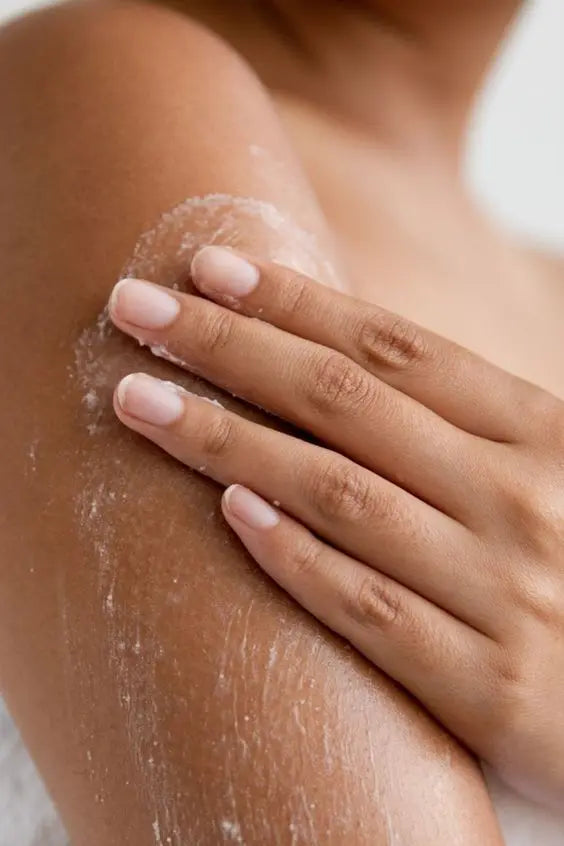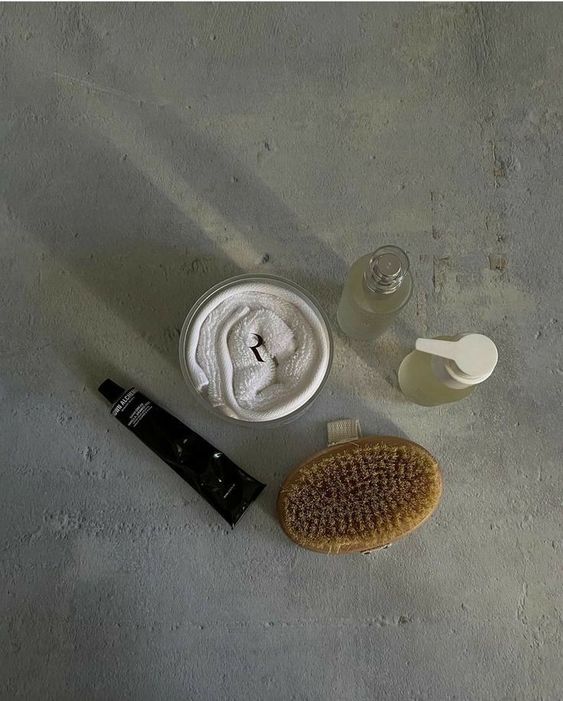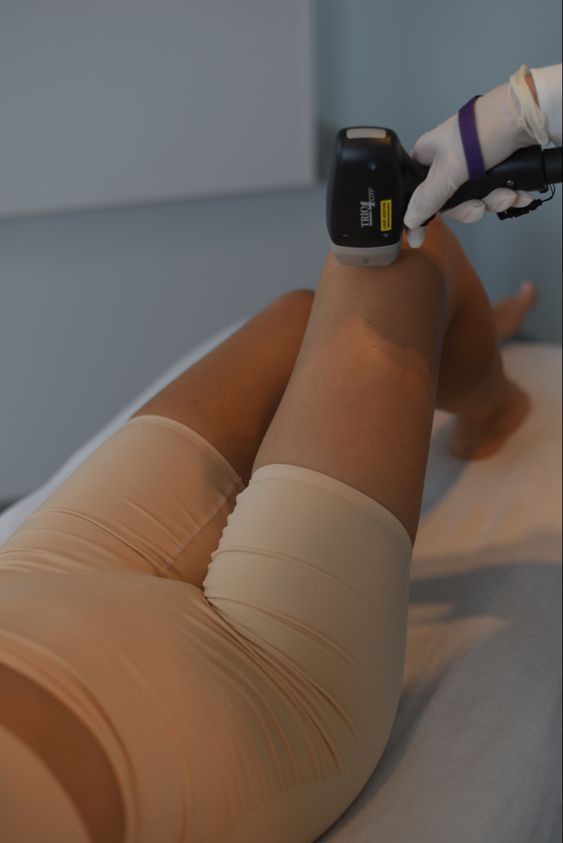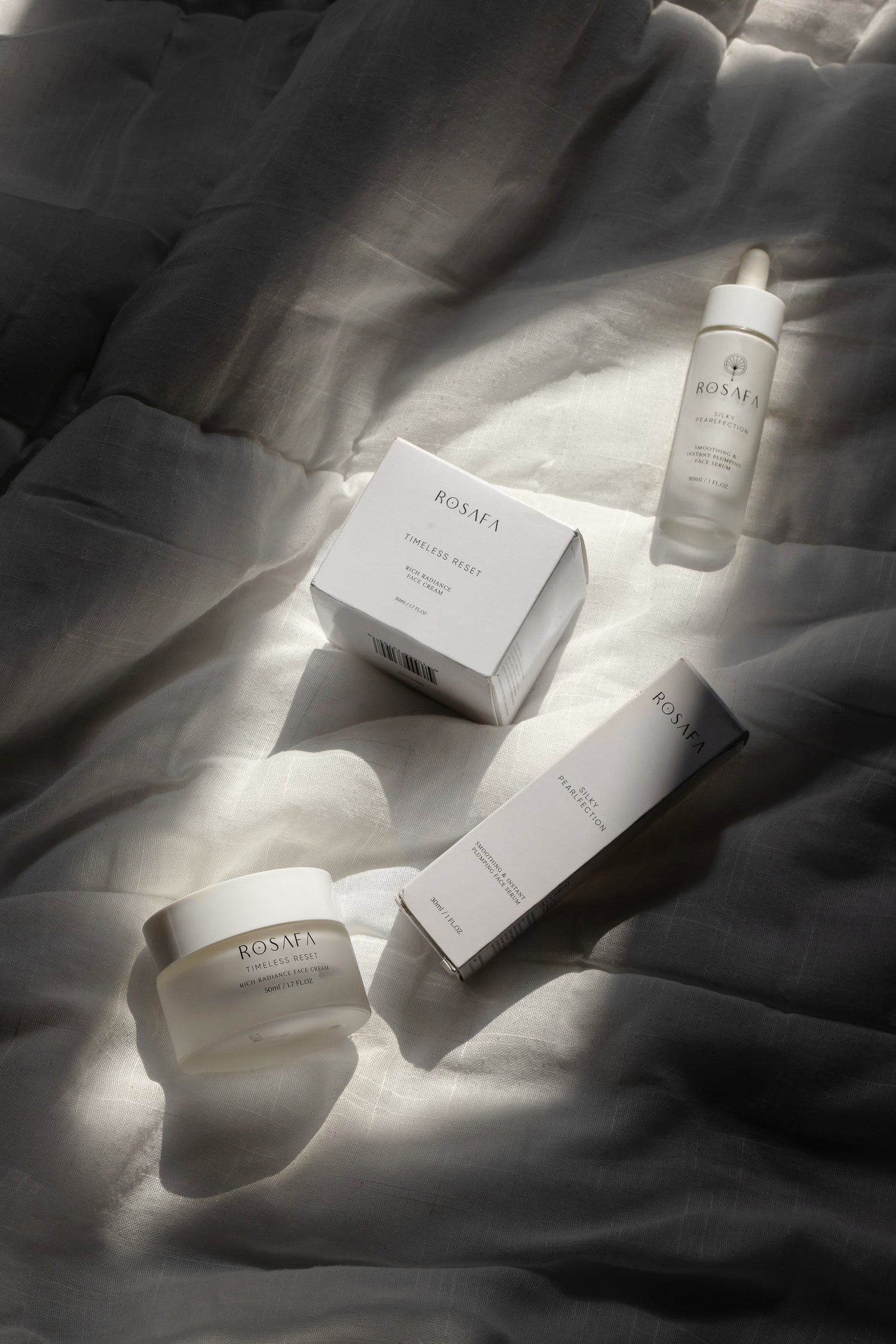
What does exfolation mean?
Exfoliation is the act of eliminating dead skin cells from the outer layer of the skin. While the skin sheds old cells to make room for new ones, external factors such as aging or environmental exposure could hinder this function[1].
Whether through natural processes or cosmetic interventions, this practice is beneficial for encouraging skin renewal and enhancing its overall texture.
Consistent exfoliation supports a smoother complexion, clears pores, and fosters a healthier and more vibrant skin appearance. It's crucial, however, to exercise caution and avoid overdoing it, as this can lead to skin irritation and damage to the skin's protective barrier. The frequency and approach to exfoliation should be tailored to individual skin types and conditions.
Generally speaking, exfoliation with a mild formula should be performed 2-3 times per week. Very dry and sensitive complexions will fare well if they exfoliate weekly or bi-weekly. As a rule of thumb, never exfoliate if the skin has active infection, lesion or is inflamed.
Types Of Exfoliation
-
Mechanical exfoliation: This method involves physically scrubbing the skin's surface to remove dead skin cells. It can be done using abrasive substances like sugar, salt, jojoba beads, microbeads, crystals, ground nuts or
exfoliation tools
/equipment like brushes, loofahs, sponges or microdermabrasion. This type of exfoliation can be effective for normal to oily skin, but it can also be harsh and irritating for sensitive or dry complexions. It is important to be gentle so as to avoid scratching or damaging the skin. -
Chemical exfoliation: This involves using a product that contains acids or enzymes that dissolve the bonds between the dead skin cells, making them easier to shed. Chemical exfoliation can be more gentle and suitable for all skin types, especially for those with acne, hyperpigmentation, or signs of aging. However, it can also cause sensitivity, dryness, or peeling if used too often or in high concentrations. Some examples of chemical exfoliation are:
- Alpha Hydroxy Acids (AHAs): AHAs, such as glycolic acid, mandelic acid, malic acid, lactic acid and tartaric acids. There are water-soluble acids that help to exfoliate the skin's surface and improve the skin's texture.
- Beta Hydroxy Acids (BHAs): There is only one BHA: salicylic acid. This is an oil-soluble acid that penetrates into the pores, making them effective for treating acne and blackheads.
- Polyhydroxy Acids (PHAs): Like gluconolactone, galactose and lactobionic acid. They have similar benefits to those of AHAs, but are less irritating and more hydrating because their molecule is larger.
- Enzymes: Enzymatic exfoliation utilizes natural enzymes, often from fruits like papaya and pineapple (papain and bromelain), to break down and remove dead skin cells gently.
- Exfoliation peels: Chemical peels can use any of the aforementioned acids or more potent ones (trichloroacetic acid, phenol) at higher concentrations to exfoliate the skin and address acne, wrinkles, sun damage, scars, and uneven pigmentation[2]. They can be superficial, medium, or deep, depending on the strength of the peel and the layers impacted[2]. Medium and deep peels are contraindicated for individuals with Fitzpatrick skin types III to VI (brown, dark brown, black) as they could develop hyperpigmentation or scarring[2].
Melanin and Chemical Exfoliation
Melanin, the pigment responsible for skin color, varies across ethnic groups. People with darker skin tones secrete more melanin, which provides protection against harmful UV rays but may also result in hyperpigmentation and uneven skin tone. Superficial peels are great at removing dead skin cells and promoting cell turnover without causing irritation or exacerbating. They should opt for chemical exfoliants like alpha hydroxy acids (AHAs) or beta hydroxy acids (BHAs) with lower concentrations (2-10%), as they work more gently on melanin-rich skin[2].
Skin tones that fall somewhere in the middle of the melanin spectrum (olive, light brown) can use a combination of AHAs and BHAs in moderate concentrations to address both surface-level and deeper skin concerns[2]. Individuals with very fair complexions may have sensitive skin that is prone to redness and irritation[2]. Chemical peels can exacerbate these issues and lead to inflammation[2]. Exfoliation for sensitive skin should focus on enzymatic exfoliants instead to promote cell turnover without causing undue stress to the skin.
Skin requirements can change with the seasons, and this is true for all ethnic backgrounds. In colder months, when skin tends to be drier, consider incorporating a hydrating exfoliant to prevent excessive dryness. Conversely, in warmer months, focus on oil control and preventing clogged pores. For drier seasons, use exfoliants with added moisturizing ingredients like hyaluronic acid. In warmer seasons, opt for lighter formulations with oil-controlling properties.
Regardless of skin color or ethnic background, it is crucial to conduct a patch test before incorporating new exfoliants into your routine. This helps identify any potential adverse reactions and ensures that the product is suitable for your skin type

What Does Exfoliation Do?
When done correctly, exfoliation can offer several benefits for the skin. However, it's essential to strike a balance, as over-exfoliation can lead to adverse effects. Here we list the main exfoliation benefits as well as the
signs of over-exfoliation
:- Removal of dead skin cells: Helps to slough off dead skin cells, promoting a smoother and brighter complexion.
- Unclogging pores: Can prevent the buildup of dead skin cells and sebum, reducing the risk of clogged pores and acne breakouts.
- Improved skin texture: Enhances the texture of the skin, making it feel softer and more even.
- Cell renewal stimulation: By removing the outer layer of dead skin, exfoliation encourages the natural process of cell turnover, leading to fresher, newer skin.
- Enhanced absorption of skincare products: Improves the absorption of serums and moisturizers, allowing them to penetrate more effectively.
- Reduced hyperpigmentation: Can help fade unsightly dark spots by promoting the turnover of skin cells.
If you, on the other hand, experience increased sensitivity, dryness, flakiness, peeling, more breakouts or burning/tingling sensation after incorporating an exfoliator into your skincare routine, it could indicate that you are going overboard or using the wrong product. These issues are usually linked to the depletion of natural oils (stripping effect) that over-exfoliation causes on the skin. In order to safely exfoliate, please stick to the following recommendations:
- Choose the right exfoliation products: Select exfoliants based on your needs (skin type, ethnicity, etc.) and make sure to carefully read the usage instructions[3].
- Frequency matters: Start with one application per week and adjust based on your skin's response. Always be gentle to your skin[3].
- Listen to your skin: If you notice any signs of over-exfoliation, give your skin a break and allow it to recover. Customize your routine accordingly.
- Replenish the lost oils: Exfoliation can make your skin more susceptible to dehydration and sun damage, so it's crucial to moisturize properly and apply a suitable sunscreen[3].
If you have concerns about your exfoliation routine or the products you're using, always consult with a dermatologist or skincare professional. They can provide personalized advice based on your skin type and concerns.
The Takeaway: Should You Incorporate Exfoliation Into Your Skincare Routine?
Is exfoliation good?
Absolutely! Incorporating regular and mindful exfoliation into your skincare routine can yield a radiant complexion by promoting cell turnover and addressing common skin concerns. Striking a balance and paying attention to your skin's unique needs will ensure you enjoy the myriad benefits of exfoliation while avoiding the pitfalls of overdoing it. To learn more about the best skin care practices, make sure to follow us onInstagram, Facebook, Pinterest, and LinkedIn for all the latest skincare tips and tricks.References:
[1]https://www.aad.org/public/everyday-care/skin-care-secrets/routine/safely-exfoliate-at-home
[2]https://www.ncbi.nlm.nih.gov/books/NBK547752/
[2]https://www.aad.org/public/everyday-care/skin-care-secrets/routine/safely-exfoliate-at-home




